Ferdinand Magellan Presidential Railcar
With nickel-steel armor and three-inch thick bullet resistant windows, FDR's train was a rolling fortress.
During World War II the White House purchased a luxury Pullman rail car named the Ferdinand Magellan and transformed it into a rolling White House, codenamed “U.S. Car Number 1.” Franklin Roosevelt used this Air Force One predecessor on countless cross-country trips during the war.
Today you can visit the Magellan at the Gold Coast Railroad Museum, in Miami. The train has nickel-steel armor and three-inch-thick bullet-resistant windows. The rear door alone tips the scales at 1,500 pounds (though this inconvenience is minimized by carefully balanced hinges). In total, the car weighs 142 tons—almost double the weight of the standard 80-ton Pullman car. By way of comparison, a modern M1 Abrams tank weighs 62 tons.
When it was in service, the Magellan traveled with a fleet that included sleeping and office cars for White House staff, an Army medical car, and a communications car nicknamed “the crate.” The Presidential Limousine and Secret Service Cadillacs were brought along in a special garage car. Two locomotives were often required to drag this ensemble up steeper track grades.
The interior of the Magellan contains a Presidential Suite (two separate bedrooms for Franklin and Eleanor Roosevelt), two guest rooms, a conference room and an observation lounge. The rear platform was wired with a microphone and loudspeakers that came in handy during whistle-stop campaign speeches.
Cross-country trips on the Presidential train were a complex logistical undertaking. Robert Klara’s history of the U.S. Car Number 1 details the security precautions:
“The railroad’s police would begin taking up posts at overpasses and junctions. Plainclothesmen would appear at stations along the route, peering over broadsheets and watching for anyone who struck them as suspicious. Track gangs would begin a slow, watchful trek by foot down every mile of track that the president’s train would travel, checking for broken rails and locking switches as they went.”
The Magellan enjoyed first right of way wherever it traveled, and railroad companies kept other traffic at least 30 minutes ahead or behind the president.
FDR traveled 50,000 miles on the presidential train during his 12-year presidency, and when he died in 1945 the Magellan carried his body from Washington to Hyde Park.
President Truman also made frequent use of the train, and he often urged the engineers to push it up to speeds of 80 mph. (FDR had preferred a languid 30 mph pace that didn’t jostle his wheelchair.) In 1948 Truman traveled across the country on the Magellan as a part of his whistle-stop reelection tour, and the famous Dewey Beats Truman photograph was taken on the back platform.
That was the highwater mark for the Ferdinand Magellan. President Eisenhower preferred to travel on Air Force One and rarely used the train. It was last officially used by Mamie Eisenhower, and in 1958 it was declared surplus. The White House mothballed the train at Fort Holabird in Maryland and offered it to the Smithsonian Institution. The Smithsonian failed to act quickly (they claimed that there wasn’t any space).
According to a Gold Coast Railroad Museum history, “ Losing no time, the founders … a Senator from the State of Florida, and the President of the University of Miami became interested parties. Negotiations resulted in the United States Government transferring the Magellan to the Florida Development Commission, who, in turn, gave the car to the University of Miami.” The acquisition cost $80,277.53.
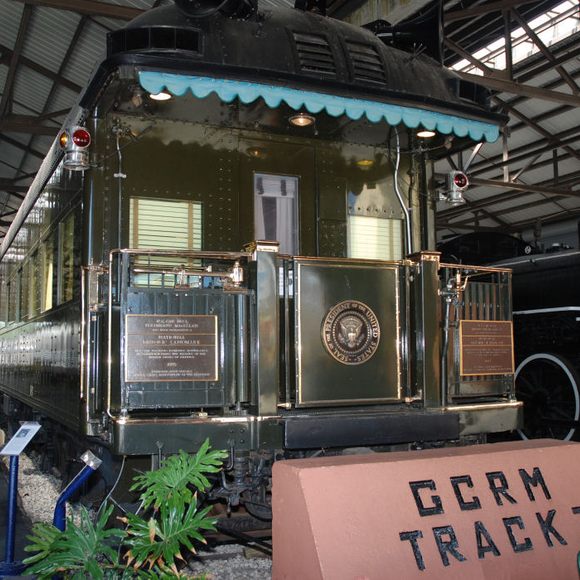

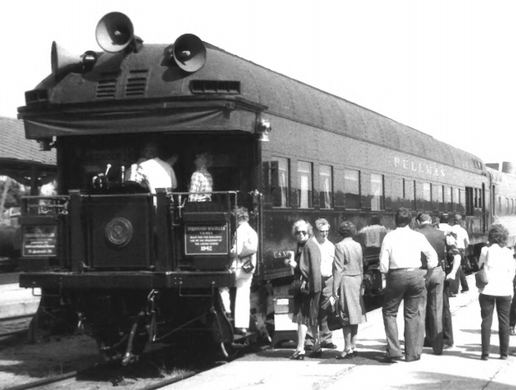


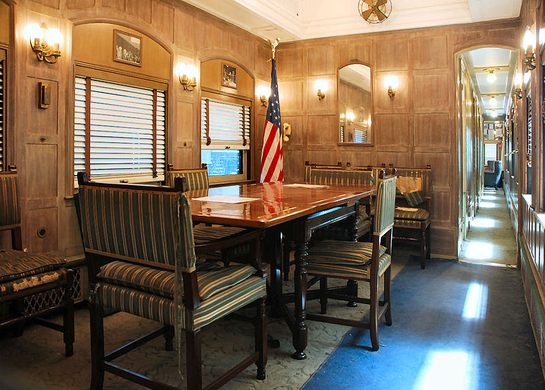
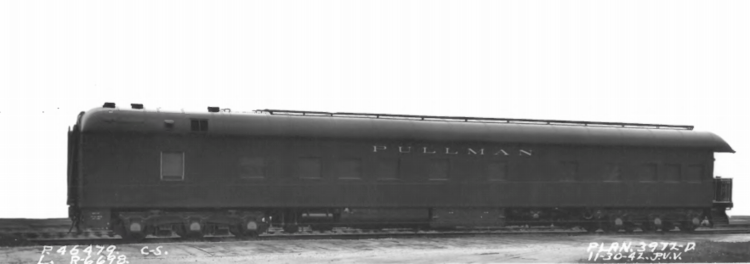
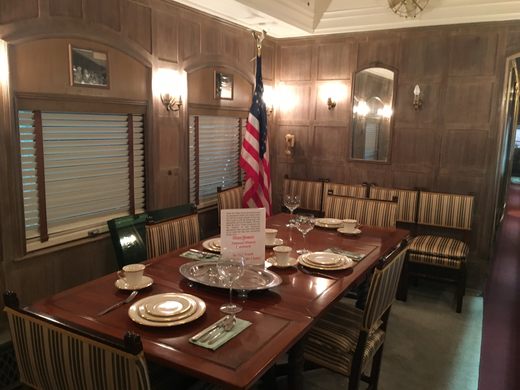
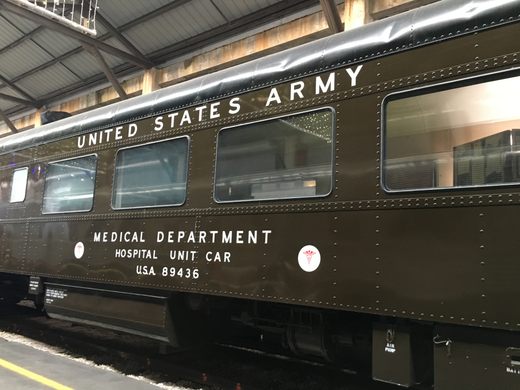

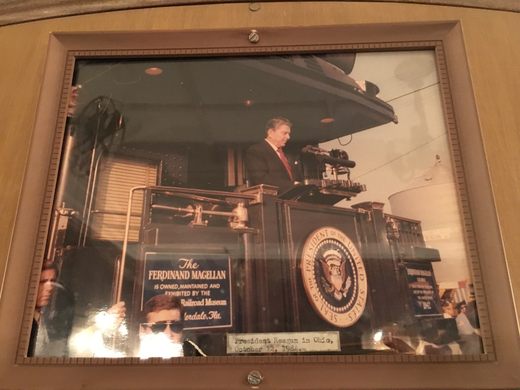
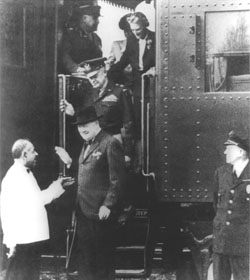
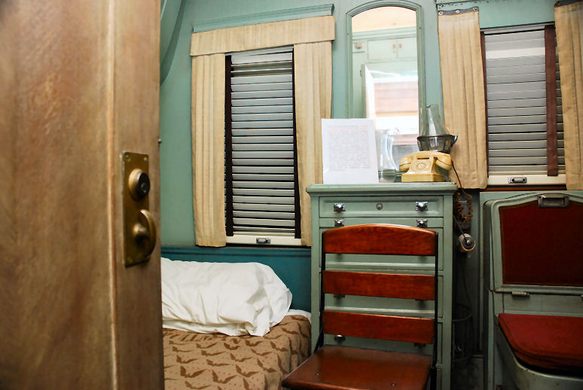
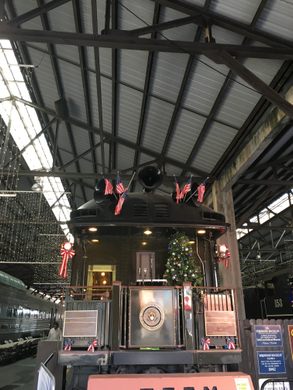
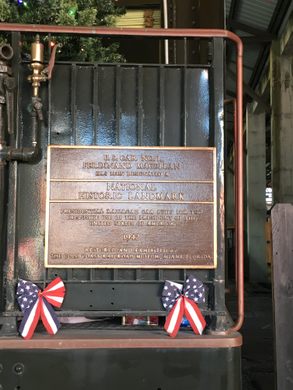
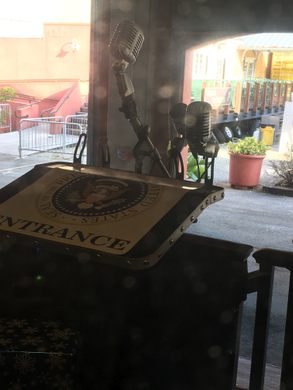






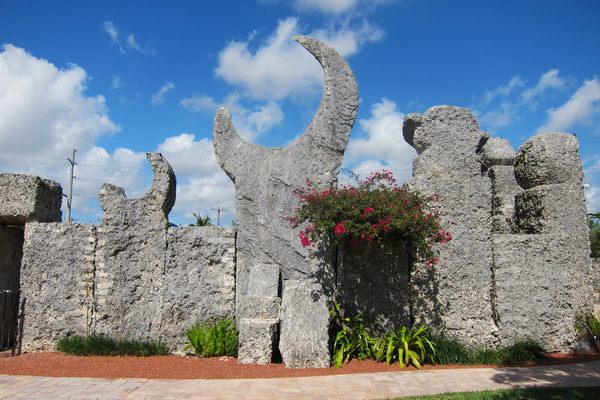
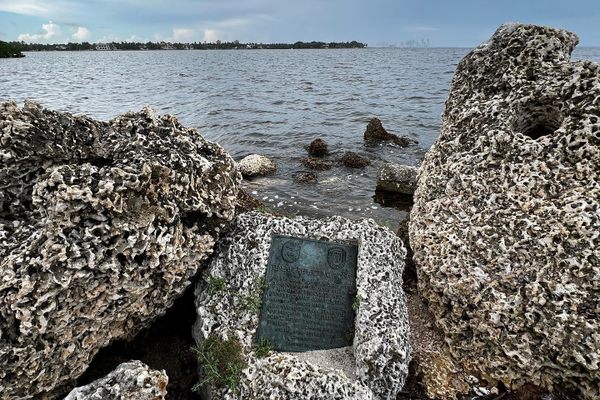
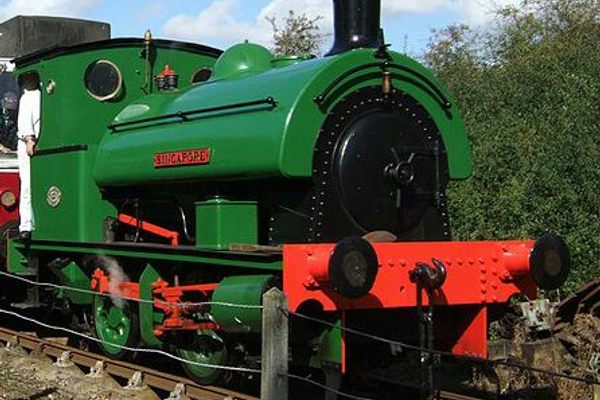




Follow us on Twitter to get the latest on the world's hidden wonders.
Like us on Facebook to get the latest on the world's hidden wonders.
Follow us on Twitter Like us on Facebook